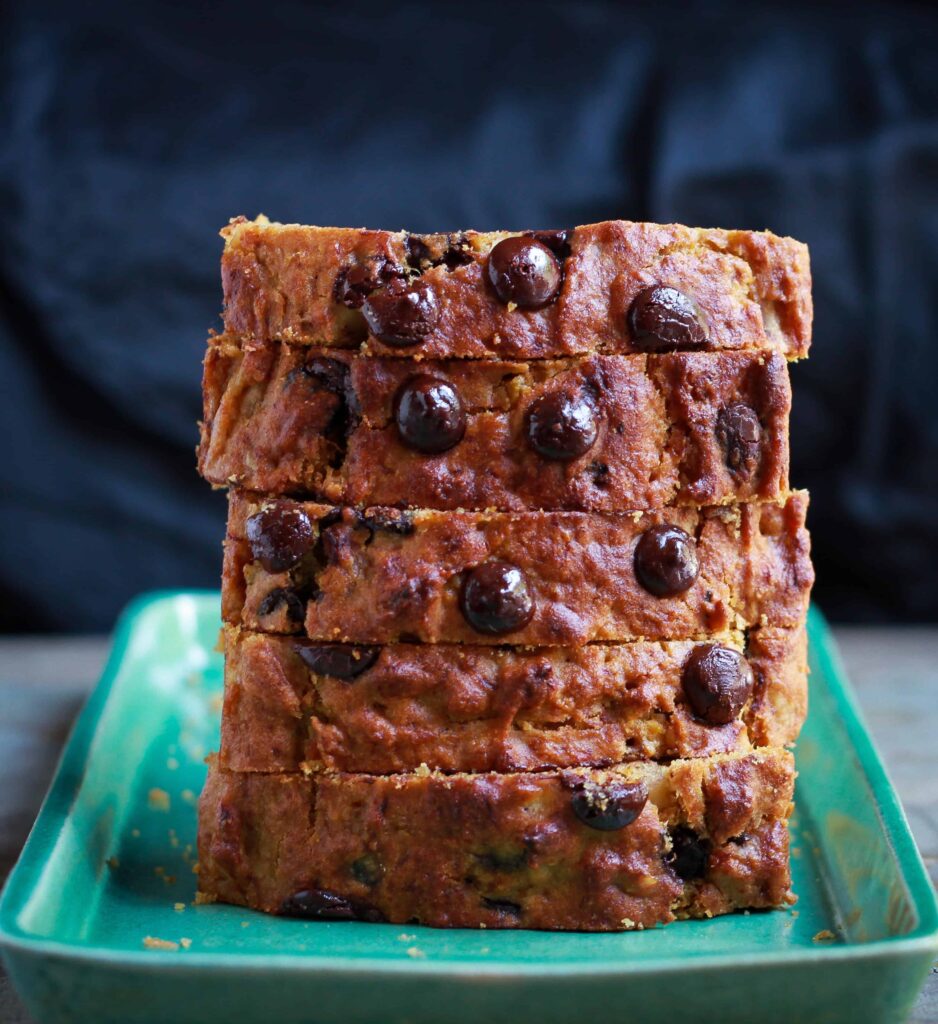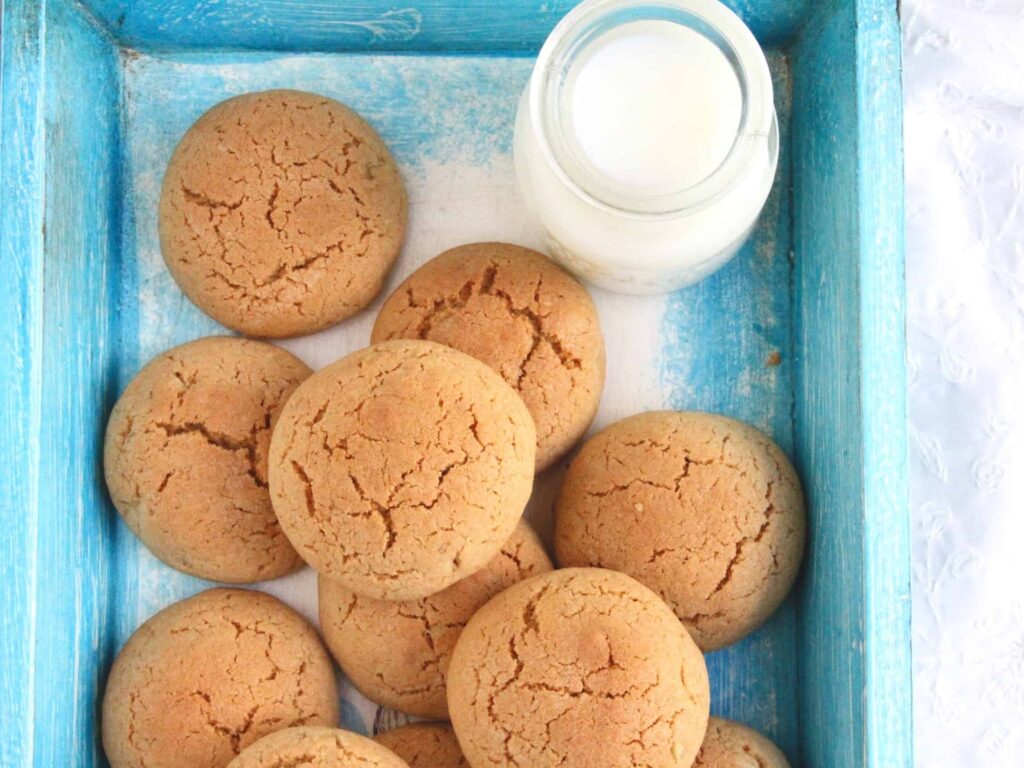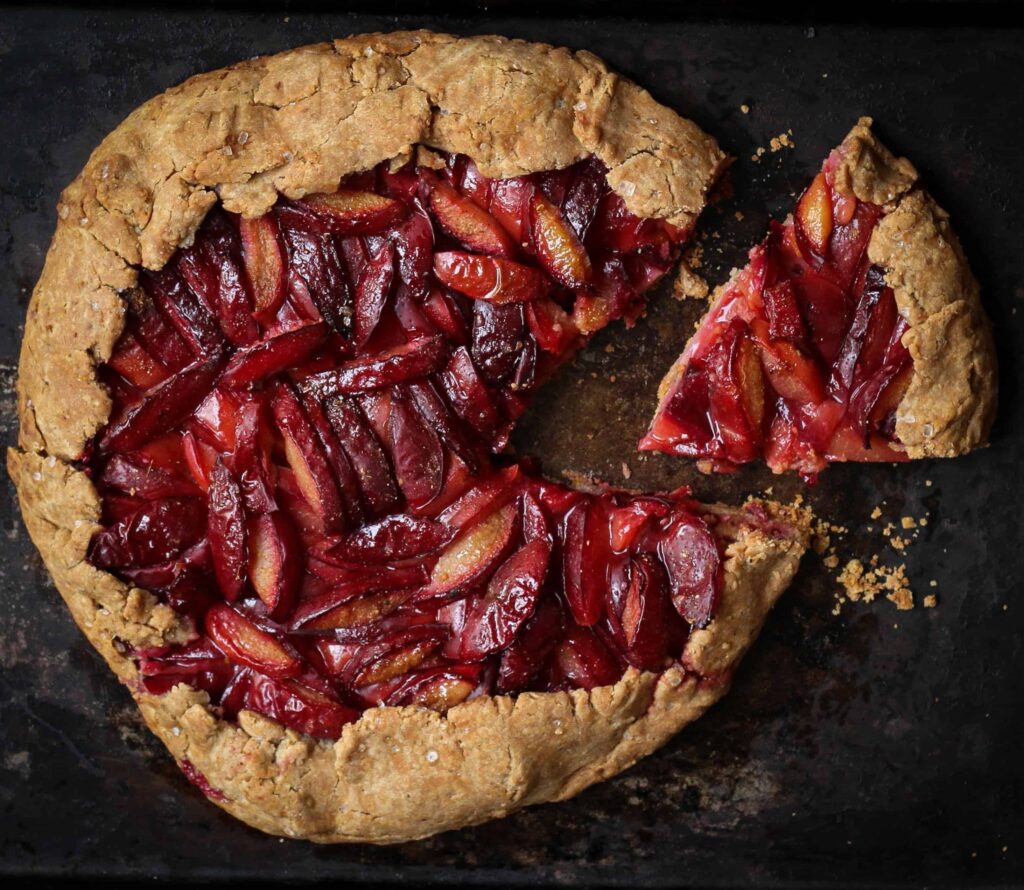Clove or Laung (as we call it in Hindi) is the bossiest spice I have ever put in gingerbread. But the brash spice is so much more than baking sweet-nothings. Learn about the health benefits of clove and how to use it.
A fairly common ingredient in Indian food, because we not only use it whole but also as one of the prominent spices that go into making the ubiquitous garam masala.
In both instances, clove's flavor journey is worth the exploration!

Laung: Nailing the Flavour
The word clove originates from the French “clou,” which means nail. Considering the spice quite closely resembles rusty nails, the name is fitting.
But what is the spice? It is a flower, actually an unopened bud. Right when the pinkish-red flower is about to bloom, it is picked from the plant and then left to dry to form the spice.
A particularly pungent spice, its hot aroma is reminiscent of menthol or astringent. When it comes to the taste of clove, eugenol is to blame. The bossiness of the spice is all due to the chemical.
As long as the clove is whole, eugenol will dominate. But once your ground it, the sharp tang dissipates swiftly.

Why Use Cloves: The Health Benefits of Clove
If you haven’t paid heed to clove, its high time, you do. That chemical found in abundance in the spice? Eugenol? Analgesic to antiviral, it has medicinal properties as long as Rapunzel’s hair.
Tuck a bruised clove between your gum and a painful tooth and the ache will temporarily disappear. Fighting nausea or morning sickness? Clove will come to your rescue. Suffering from a cough that doesn’t seem to abate? Clove does the trick.
It is also a preservative, which is why when refrigerators were all but a pipe dream clove was worth its weight in gold.
Recipes with Clove
Clove imparts character to virtually everything - drinks (think mulled wine), sweets (think gingerbread) and savories (think rice). But don’t be too liberal with the spice or it’ll run rampant over every other flavor and aroma. That said, the sass and the profound complexity clove adds are indispensable. So, here are some recipes that make fabulous use of it.
- Pumpkin Banana Bread: if you’re baking something like this soft banana bread, then use ground clove. It brings a spicy depth to the recipe without overwhelming it.

2. Walnut Chai Cookies: if you’re whipping up a batch of cookies, whole wheat chai cookies recipe. The secret ingredient is cloves!

3. Gluten Free Spiced Plum Galette with Clove
To pump up the curst of a usual pie, add cloves (and a few other spices) like in this plum galette recipe!

Clove in Onion Trick
If you’re working on a savory, utilize a classic trick. Cut an onion in half, stud 6 to 8 cloves in it and then put it in the broth. From soups to sauces, the technique works on every dish.
Tasha’s Inside Tip for Storing Cloves
When storing clove, keep it in a cool place. Heat causes clove oil (eugenol) to cake around the container. Also, if you’re grinding cloves at home, stay clear of plastic. The oil ruins plastic parts (think: grinder lid) no matter how much you scrub them afterward.
MORE SPICES GUIDES - BENEFITS AND RECIPES
- Cinnamon: A Little Dash, Lot of Benefits
- Saffron: One Exotic Pinch, Many Benefits
- Turmeric: Wonders of The Golden Spice
- Fennel Seeds: Roast for More Benefits
I’m always happy to hear from you! So go right ahead and drop a comment or reach out on Instagram, Pinterest, YouTube, or Facebook.

Leave a Reply